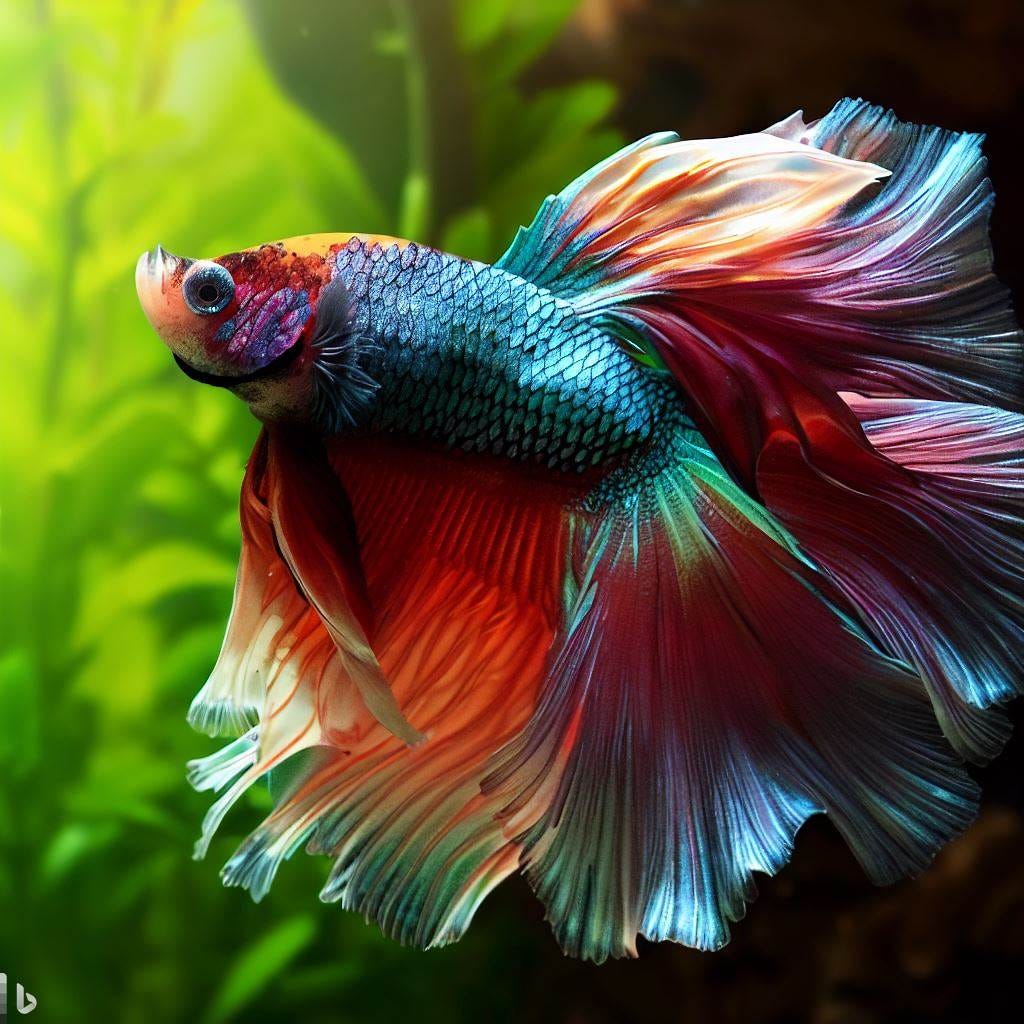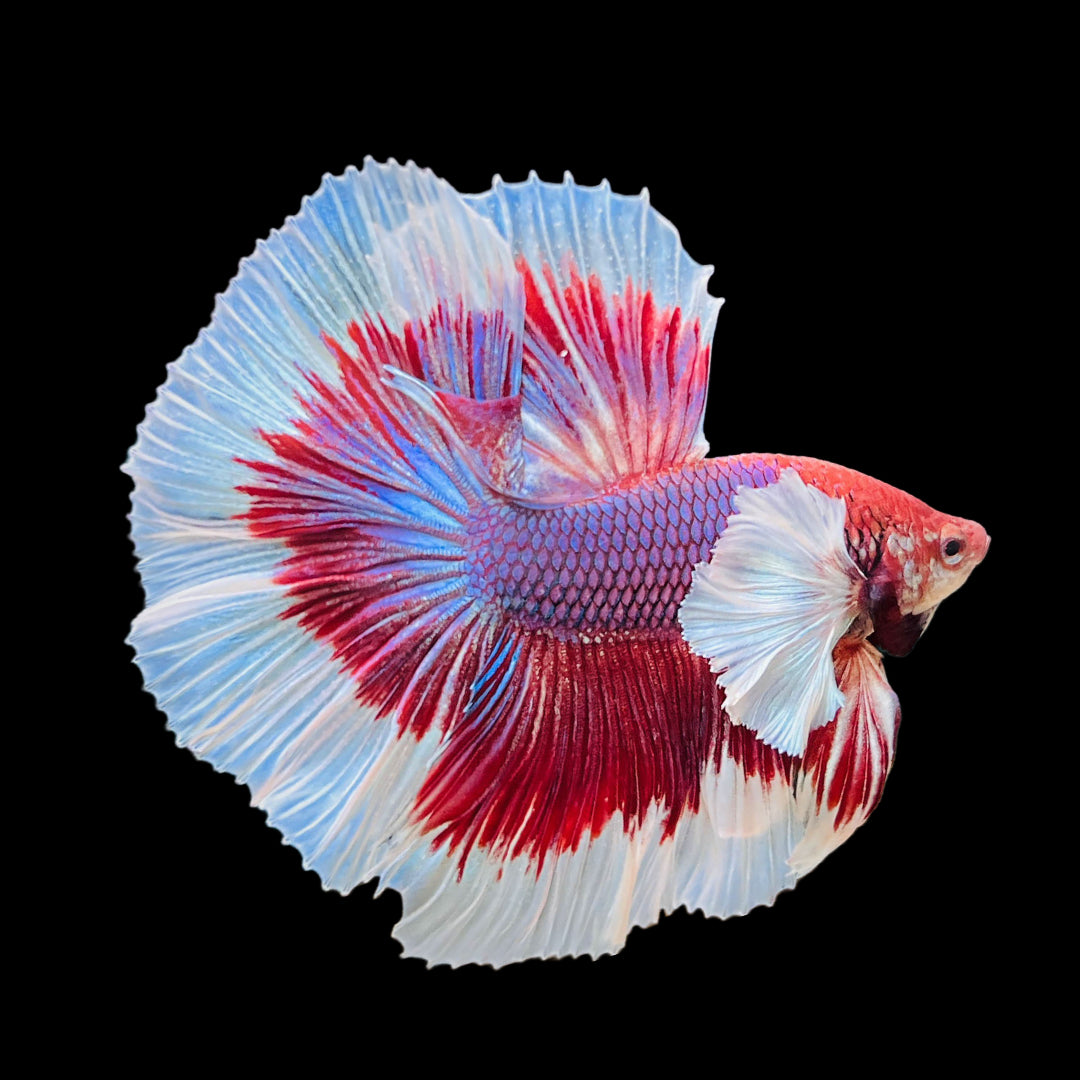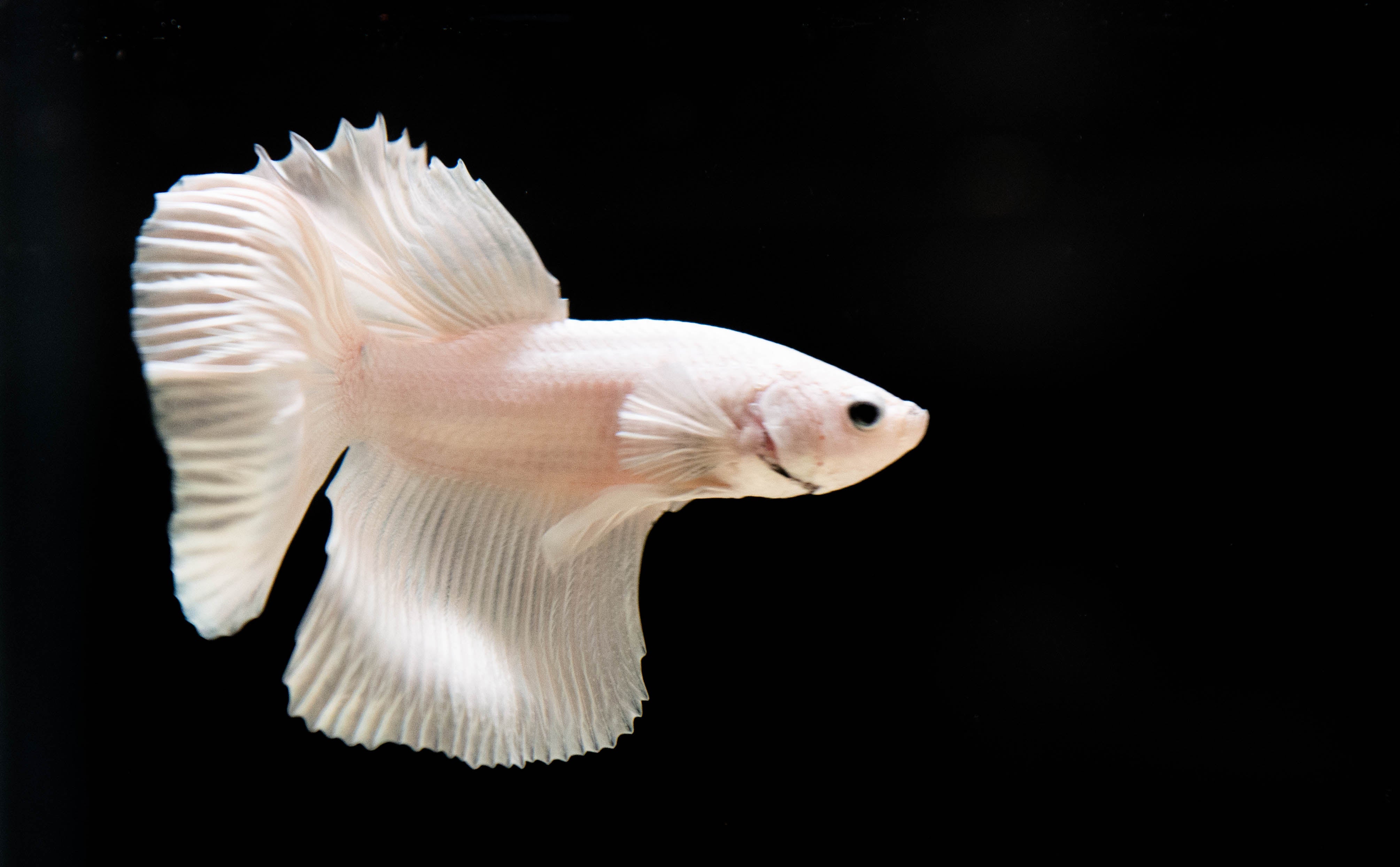How to Present Betta Fish to an Area Container Securely
Breeding Betta Fish: a Comprehensive Step-By-Step Overview to Successfully Raising Infant Bettas From Eggs to Adulthood
Breeding Betta fish is a precise venture that calls for mindful planning and implementation to make sure the effective advancement of fry from eggs to grow fish. As the male Betta diligently constructs a bubble nest and guards the priceless eggs, the succeeding stages of care and transition demand attention to information and knowledge of best practices.

Selecting Reproduction Pairs
When starting the journey of reproducing Betta fish, choosing the right breeding pairs is essential to attaining preferable qualities and a healthy family tree - betta fish. The primary step in this process is to identify the particular qualities you wish to boost or protect, such as shade, fin type, and body shape. It is important to select genetically diverse sets to avoid inbreeding, which can cause wellness concerns and unfavorable features
Examine potential reproducing candidates meticulously. A healthy male Betta needs to display dynamic shades, an active demeanor, and well-formed fins, while the woman should also present vibrant pigmentation and a rounded tummy, showing readiness for spawning. Observing the character of both fish is essential, as aggressive or excessively reluctant individuals might not breed effectively.
Documents of lineage is similarly vital. Keeping documents of the parent fish's ancestry can assist you track hereditary characteristics and prospective concerns. Additionally, consult reputable breeders or on the internet sources for advice on selecting compatible pairs. Inevitably, investing time in the selection process will dramatically enhance the possibility of creating solid, vivid spawn that meet your breeding goals (betta fish).

Preparing the Breeding Tank
Creating an optimal reproduction atmosphere is a key action after picking appropriate pairs for Betta fish. The reproduction storage tank should be especially developed to provide convenience and promote the natural reproduction behaviors of the fish. Beginning with a storage tank size of at the very least 10 gallons to ensure sufficient room for both the male and women Bettas.
Maintain a mild filtration system to keep the water clean while staying clear of solid currents that can worry the fish. Furthermore, an air stone can be contributed to supply oxygenation without disrupting the water surface area way too much.
Temperature law is critical; objective for a stable variety of 78-82 ° F(25-28 ° C) using a reliable heating unit. The pH degree ought to be kept between 6.5 and 7.5, and routine water changes are needed to guarantee high water top quality.
Incorporate floating plants or generating sponges to create concealing areas for the female, while likewise encouraging bubble nest building by the man - betta fish. Make sure the container is cost-free from sharp decorations and any kind of potential dangers, as the well-being of the fish must constantly be prioritized during this essential phase of breeding.
The Breeding Process
Generally, the breeding process for Betta fish involves a series of unique and visible actions that show preparedness for recreation. The male Betta starts by developing a bubble nest at the water's surface area, which works as a site for the fertilized eggs. This nest is important, as it supplies Learn More a risk-free atmosphere for the eggs up until they hatch.
Once the nest is established, the man will show courtship behaviors, such as flaring his fins and exhibiting vibrant shades to bring in the lady. The lady, upon picking up the man's readiness, will react by showing vertical red stripes along her body, indicating her receptiveness.
The fertilized eggs after that fall to the bubble nest, where the male thoroughly collects and returns them to the nest. Following this, the male thinks responsibility for securing the nest and making sure the safety of the eggs up until they hatch, normally within 24-36 hours.
Taking Care Of Betta Fry
Caring for Betta fry requires cautious focus to their atmosphere and nutrition to make certain healthy and balanced growth and advancement. After hatching out, navigate to these guys Betta fry are exceptionally tiny and susceptible, demanding a secure and clean habitat.
Feeding Betta fry is similarly essential. Feed them tiny amounts several times a day, being mindful not to overfeed, which can lead to water top quality concerns.
Transitioning to Grownup Bettas
As Betta fry fully grown, transitioning them to adult Bettas is an essential stage that needs cautious management of their environment and social communications. This procedure commonly starts when the fry get to around six weeks of age, at which point they can be gradually presented to an extra organized living setting.
To facilitate this change, it is important to guarantee that the water parameters-- such as temperature level, pH, and ammonia levels-- are optimal and secure. Adult Betta fish grow in warm water (around 78-80 ° F) with a pH of 6.5 to 7.5. Progressively adapt the fry to these conditions to decrease stress.
Social communications are another vital element; man Bettas are notoriously territorial and hostile. It is advisable to separate men into individual storage tanks as they grow. Female Bettas can be housed together, yet care must be required to keep track of for indicators of aggression.
Furthermore, nutritional adjustments must be made as the fry expand. Incorporate top notch pellets and live foods to sustain their growth and wellness. By managing these elements successfully, you can advertise a successful transition to their adult years for your Betta fish.

Final Thought
Effective breeding of Betta fish needs careful attention to detail throughout the entire procedure, from choosing genetically varied sets to offering ideal look after fry. By making certain suitable reproduction problems and keeping water top quality, the probability of healthy and balanced children increases considerably. Additionally, a well balanced diet plan and steady Check Out Your URL adjustment to adult environments are essential for the development and growth of Betta fish. Complying with these steps faithfully cultivates a thriving populace of Betta fish, boosting both their health and wellness and vitality.